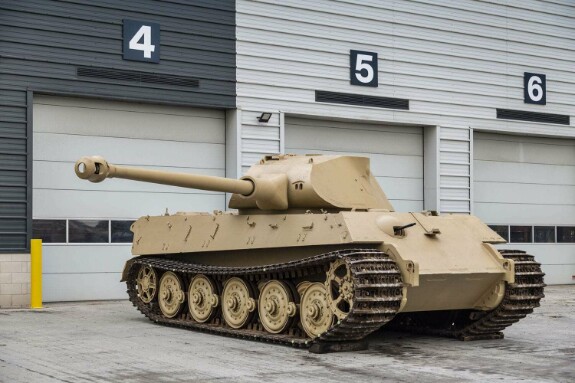The Legendary King Tiger Tank: A Look into its History and Legacy
The King Tiger Tank, also known as the Tiger II or the Königstiger, was one of the most feared tanks of World War II. With its impressive size, heavy armor, and powerful gun, it was a formidable opponent on the battlefield. In this article, we will take a closer look at the history of the King Tiger Tank and its legacy.

The tank was massive, weighing over 68 tons, and was powered by a V-12 Maybach HL 230 P30 gasoline engine. Its armor was up to 180mm thick in some places, making it almost impervious to most anti-tank weapons. Its 88mm KwK 43 L/71 gun was one of the most powerful guns in the war, capable of penetrating almost any Allied tank at long ranges.
Combat History:
The King Tiger Tank saw limited action during the war due to its late introduction. It was mainly used on the Eastern Front, where it was effective against the Soviet tanks. However, due to its size and weight, it was prone to mechanical failures, and its maintenance was challenging.
One of the most famous engagements involving the King Tiger Tank was the Battle of the Bulge. In December 1944, the Germans launched a surprise attack on the Allied lines, and the King Tiger was used to spearhead the assault. It was effective in breaking through the American lines, but due to fuel shortages and logistical problems, it couldn't sustain the momentum.
Legacy:
The King Tiger Tank's legacy has been a subject of debate among military historians. Some argue that it was one of the most advanced tanks of its time and could have changed the outcome of the war if introduced earlier. Others argue that it was too costly and complicated to produce and maintain, and its impact on the war was minimal.
Despite its limited combat history, the King Tiger Tank has become a symbol of German engineering and military might. It has been featured in countless movies, video games, and books, and is admired by military enthusiasts worldwide.